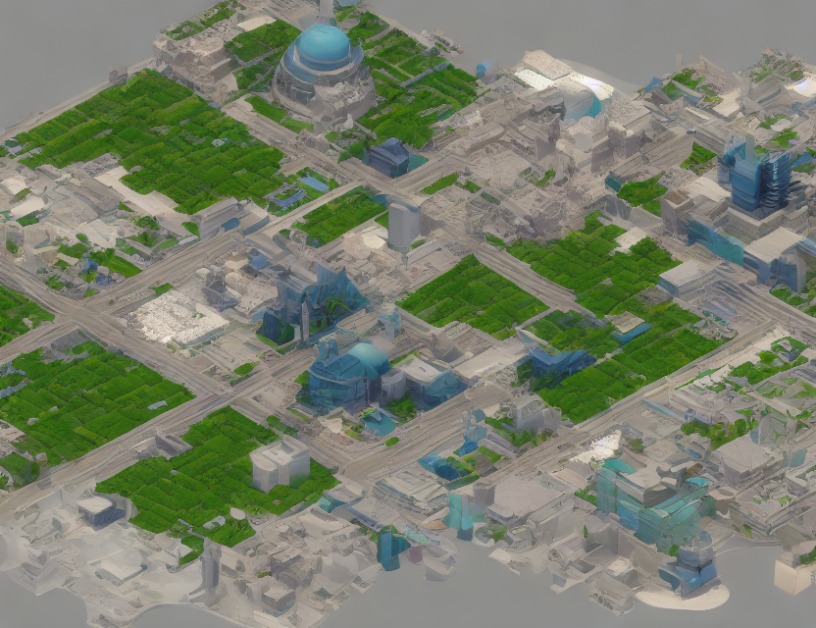In this article, we delve into the realm of analyzing and visualizing human-machine dialogues, with a focus on understanding the nuances of natural language processing (NLP) techniques. Our objective is to demystify complex concepts by utilizing everyday language and engaging metaphors or analogies to convey the essence of the article without oversimplifying.
Firstly, we introduce the concept of stemming and lemmatization, which involve reducing words to their base or root form to simplify text analysis tasks. These techniques help eliminate noise and irrelevant information, enabling us to gain insights into the underlying patterns and trends in human-machine dialogues.
Next, we explore the application of word clouds, a visual representation of text data that showcases the most frequently used words in a particular dataset. By analyzing the word cloud, we can identify the main themes or patterns in the data, such as the importance of asking ChatGPT for examples, cases, or new ideas related to work or company.
Furthermore, we delve into topic modeling and visualization, which involves separating datasets into several topics using Latent Dirichlet Allocation (LDA). LDA is a generative probabilistic model that assumes documents are mixtures of topics, allowing us to uncover hidden thematic structures in large text collections. By analyzing the coherence scores, we can determine the number of topics present in the dataset and gain insights into the underlying themes.
In conclusion, this article provides a comprehensive overview of the techniques used to analyze and visualize human-machine dialogues. By utilizing stemming, lemmatization, word clouds, and topic modeling, we can demystify complex concepts and gain valuable insights into the nature of human communication with machines. Whether you’re an NLP enthusiast or simply interested in understanding how humans interact with technology, this article should provide a useful primer on the subject.
Computer Science, Human-Computer Interaction
Modeling and Visualizing ChatGPT’s Topics: Understanding the Capabilities and Limitations of Large Language Models



